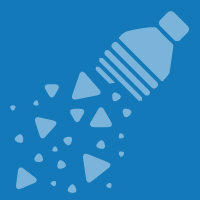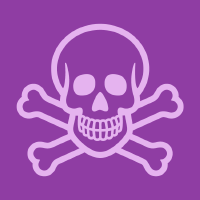Topic Menu
► Topic MenuTopic Editors

Marine Micro & Nanoplastics
Topic Information
Dear Colleagues,
Plastics are the main constituent of the marine litter that is present in the oceans and seas of the planet. The main ecological problem linked to plastic contamination is represented by the direct and indirect impact of the smallest dimensional fraction represented by micro and nanoplastics. In recent years, progress has been made regarding the knowledge on the environmental level and the effects induced by exposure to microplastics; on the contrary, scientific knowledge on nanoplastics is still far from being considered exhaustive. The purpose of this Special Issue is to collect contributions aimed at clarifying the still little-known aspects of the levels of contamination and of the biological effects induced by exposure to micro and nanoplastics, as well as of their role as carriers for chemical micro-contaminants (Trojan-horse effect), biological agents (pathogens) in the contamination of marine ecosystems and food webs and their actions as vectors for the spread of alien species. Papers focusing on these aspects of micro and nanoplastics in marine environments are welcome.
Dr. Monia Renzi
Dr. Cristiana Guerranti
Dr. Manuela Piccardo
Dr. Francesca Provenza
Dr. Andrea Broccoli
Topic Editors
Article processing charge will be waived for all accepted manuscripts in Oceans and Microplastics.
Keywords
- marine microplastics
- nanoplastics
- impacts on marine ecosystems
- environmental levels
- marine ecosystems
Participating Journals
| Journal Name | Impact Factor | CiteScore | Launched Year | First Decision (median) | APC |
|---|---|---|---|---|---|

Journal of Marine Science and Engineering
|
2.9 | 3.7 | 2013 | 15.4 Days | CHF 2600 |

Microplastics
|
- | - | 2022 | 27.4 Days | CHF 1000 |

Oceans
|
- | - | 2020 | 45.2 Days | CHF 1600 |

Toxics
|
4.6 | 3.4 | 2013 | 14.7 Days | CHF 2600 |

MDPI Topics is cooperating with Preprints.org and has built a direct connection between MDPI journals and Preprints.org. Authors are encouraged to enjoy the benefits by posting a preprint at Preprints.org prior to publication:
- Immediately share your ideas ahead of publication and establish your research priority;
- Protect your idea from being stolen with this time-stamped preprint article;
- Enhance the exposure and impact of your research;
- Receive feedback from your peers in advance;
- Have it indexed in Web of Science (Preprint Citation Index), Google Scholar, Crossref, SHARE, PrePubMed, Scilit and Europe PMC.





